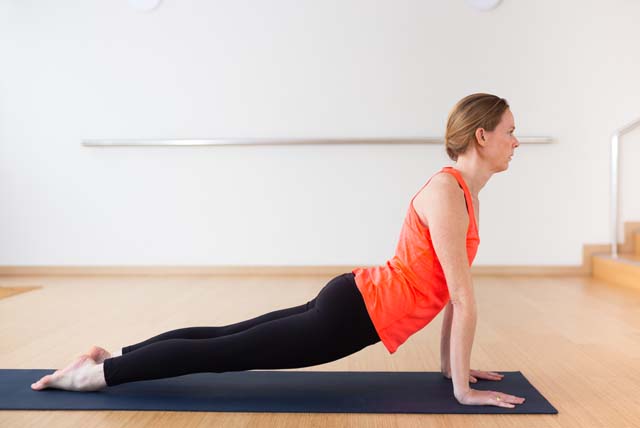Vinyasa style yoga: are there that many differences?

What is Vinyasa?
The term vinyasa refers to the alignment of movement and breath, a method which turns static asanas into a dynamic flow. The length of one inhale or one exhale dictates the length of time spent transitioning between asanas. Asanas are then held for a predefined number of breaths. In effect, attention is placed on the breath and the journey between the asanas rather than solely on achieving perfect body alignment in an asana.
Here we are going to tell you about different yoga styles based on vinyasa sequences. Each of these styles focuses on some specific aspect of yoga philosophy and practice.
Vinyasa Flow – energy
The term vinyasa also refers to a specific series of movements that are frequently done between each asana (and sometimes also between each side – left and right – of each asana) in a series. This viṅyasa ‘flow’ is a variant of Sūrya namaskāra, the Sun Salutations, and it is used in other styles of yoga. An example of a standard vinyāsa is from a seated position, a ‘jump-back’, low plank, upward-facing dog, downward-facing dog, ending with a ‘jump-through’, directly into the next asana. The instructor creates their own sequence and might bring in pilates, ballet or other yoga disciplines in the class such as iyengar or bikram postures.
Anusara yoga – philosophical and heart-opening
Anusara classes are usually lighthearted, positive, and fun. They are not easy, however, as they include vinyasa flow and a lot of alignment work. The principle aspects that define Anusara are: a philosophy, derived from Tantra, that teaches that all beings are inherently good; a vinyasa-style practice that emphasizes heart-opening and the application of the Universal Principals of Alignment, Friend’s system for explaining the correct positioning for each yoga pose; an intention to bring the lessons learned in yoga class into daily life.
Hot Yoga – sweating out the toxins
Hot yoga either is a flowing, vinyasa style of practice in which the teacher instructs a series of linked poses or it is sequence based hot yoga hatha class. As you can imagine, a vigorous yoga session at high temperature promotes profuse sweating and makes the body very warm. The postures are practised in a studio temperature of 40°C. This creates a more cardiovascular workout with a strong focus on breathing, alignment, flexibility and strength.
Forrest yoga – healing wounds
It is an intensely physical vinyasa-style practice that aims to heal psychic wounds. Forrest incorporates elements of Native American healing, encouraging students to go deep within and to use their yoga practice as therapy. Forrest Yoga pays special attention to abdominal work and breathing. Vigorous sequences of poses are intended to build heat in order to sweat out toxins and release emotions stored in the body.
Jivamukti – theme classes
Jivamukti means “liberation while living.” Jivamukti is a vinyasa style practice and classes can be quite physically intense. Each class has a theme, which is explored through yoga scripture, chanting, meditation, asana, pranayama, and music. These are spiritual teachings, placing special emphasis on how to apply yogic philosophy to daily life.
Ashatanga Yoga – mental focus
Ashtanga is a very specific style of yoga. All Ashtanga classes follow a set sequence of poses that begin with an opening sequence, transition to one of six series of poses that vary with difficulty, continues to a back-bending sequence, and end with a finishing sequence and savasana. The Ashtanga method stresses daily vinyasa flow practice using ujjayi breathing, mula bandha, uddiyana bandha, and drishti. There are six different Ashtanga series, through which a student progresses at his or her own pace.
Rocket yoga – speed
Rocket Yoga is a dynamic and fast-paced flow of yoga. Classes are guided with Sanskrit names of the asanas, following through 142 poses in 75 minutes. The structure maintains that of Ashtanga Vinyasa, consisting of a warming up (Suryanamaskara A + B), after which 66 poses continue in the standing poses, seated poses and ending with the traditional closing series.
Power Yoga – intensive workout
Power yoga is used to describe a vigorous, vinyasa-style yoga. It originally closely resembled ashtanga and was an attempt to make ashtanga yoga more accessible to Western students. It differs, however, in that it is not a set series of poses, but rather allows the instructors freedom to teach what they want.
